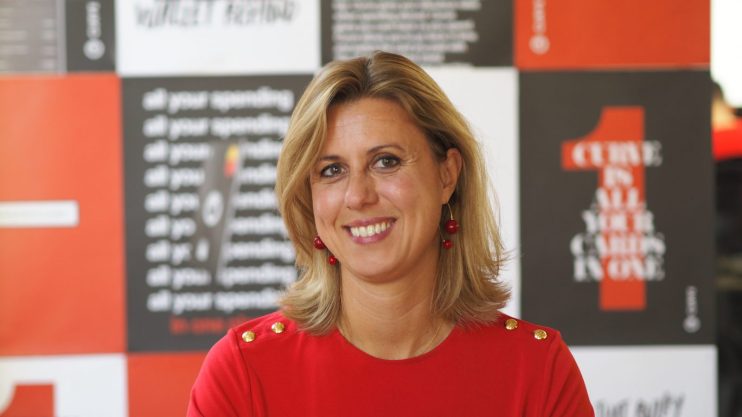IWD Mea Culpa: I haven’t done enough for gender diversity, but I will

I’ve mostly worked in large corporations, like Amex, where diversity as a human resources concept has just poked its head into the boardroom. Now, I’m steering a high-growth fintech where we have an opportunity to make diversity a principal focus embedded in our growth.
Across our 300+ employee base in London, Bristol, New York City and in our most recent office addition, Vilnius, Lithuania, Curve is composed of 45 nationalities, from six ethnic minority groups. By design, we are a melting pot of cross-cultural richness, and as a globally minded citizen, I am very proud of this accomplishment.
Yet our gender diversity remains poor.
Overall Curve has a 33 per cent female-to-male ratio of employees. Curve is born and bred in the UK, which claims the global fintech crown. In finance in the UK, that figure is 17 per cent. Fintech is a key cog in the UK’s economic growth and has a critical role to play in elevating women in financial services.
We’re up against an engrained dynamic at the intersection of finance and technology. Currently and historically, finance and technology are home to feeble gender diversity. Couple that with a start-up environment with its “tech bro” image and you’re left with few women who are interested.
While more girls go to university, only a quarter graduate with a STEM degree. Even fewer women go one step further, like I did, to get an Engineering Masters. There is no scientific or logical reason for fewer women to be studying STEM. As Curve is hiring mostly for STEM roles, our top of funnel entry point is already diminished due to the gender imbalance we’re dealt with from the higher education system.
Engineers are the backbone of Curve. Without them we have no product. No product, no customers, no company. Fine. But they are an 86 per cent male team.
Any young female software engineer entering this environment could understandably feel daunted. Our Chief Product Technology Officer wants to hire more women for his team, but he needs to hire fast and we rely on referrals and inbound applications, which is by default a self-selected male.
Compound that with the fact that 79 per cent of women prefer to join a company where they will be mentored by another woman, according to the Olivet Nazarene University Study. The same study found that 87 per cent of men prefer to be mentored by a man. It takes more time to find and entice women to come to a fintech, and time is one luxury we don’t have.
Curve is in a hyper-growth stage. The pace is frenetic and tough. The hours are long and the pressure relentless. Yet we offer the chance of a lifetime: the opportunity to take on tremendous responsibility; make a huge impact daily; learn new skills fast and work with best-in-class, like-minded colleagues and a game-changing founder. Those are the reasons why I left the corporate world to enter into what can feel like chaos at times. It’s a sink or swim environment and I love it.
This can pose a problem for women who have children, and it is especially distressing in our Covid home-schooling times. As primary carers, women have borne the brunt of working from home. A lack of childcare and often a lack of confidence to progress their careers mean that 62 per cent of women and 48 per cent of men report increased levels of stress during covid. A crushing combination that leaves fintech out of the reach for many working Mums.
Yet, I am determined to fix this. We’re growing from 300 to over 600 people in 2021, a stage that represents an opportune moment to turn the tide on gender parity. Reaching parity depends on where Curve goes to source talent, how it strips out confirmation bias in the recruitment process, and lastly, creating an inclusive environment. We are taking on these challenges seriously and actively working out how they should be resolved.
We will do better and to do that, we need focus. Our top priority is making sure more women are in the talent funnel, you need to see applications from women in order to hire them. This needs to be a top-down approach, and start with making sure women are in leadership positions. Having gender diversity in leadership will mean Curve is a more attractive place for women to work at.
We will also be investing and developing existing female talent by ensuring women already working for us feel valued and have opportunity to grow their career. Central to our plan is also to make sure we foster a flexible working environment for both men and women, so that nobody is forced to make a choice between their career and becoming a parent.